-
 Bitcoin
Bitcoin $117800
0.49% -
 Ethereum
Ethereum $4432
0.55% -
 XRP
XRP $3.106
1.07% -
 Tether USDt
Tether USDt $1.001
0.01% -
 BNB
BNB $835.8
1.74% -
 Solana
Solana $189.1
2.72% -
 USDC
USDC $0.9999
-0.01% -
 Dogecoin
Dogecoin $0.2302
3.65% -
 TRON
TRON $0.3485
-0.69% -
 Cardano
Cardano $0.9212
-0.91% -
 Hyperliquid
Hyperliquid $46.97
1.45% -
 Chainlink
Chainlink $22.77
5.61% -
 Stellar
Stellar $0.4284
0.82% -
 Sui
Sui $3.766
2.82% -
 Bitcoin Cash
Bitcoin Cash $583.5
-0.82% -
 Ethena USDe
Ethena USDe $1.001
0.03% -
 Hedera
Hedera $0.2512
2.78% -
 Avalanche
Avalanche $24.18
2.27% -
 Litecoin
Litecoin $120.2
2.10% -
 Toncoin
Toncoin $3.450
1.96% -
 UNUS SED LEO
UNUS SED LEO $9.412
-0.92% -
 Shiba Inu
Shiba Inu $0.00001298
2.35% -
 Uniswap
Uniswap $10.99
3.75% -
 Polkadot
Polkadot $3.962
3.09% -
 Dai
Dai $1.000
0.00% -
 Bitget Token
Bitget Token $4.643
1.38% -
 Cronos
Cronos $0.1511
-0.08% -
 Ethena
Ethena $0.7246
3.18% -
 Monero
Monero $254.9
7.90% -
 Pepe
Pepe $0.00001100
3.32%
Is the casting cost of NFT high? How to reduce the cost?
The cost of minting NFTs can be high on Ethereum due to gas fees, but using alternative blockchains like Polygon or Solana can significantly reduce these costs.
May 15, 2025 at 08:21 pm
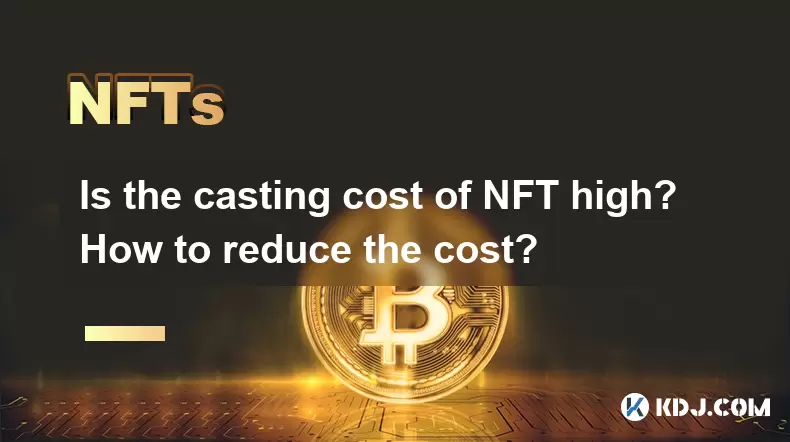
Is the casting cost of NFT high? How to reduce the cost?
The world of NFTs, or Non-Fungible Tokens, has seen a meteoric rise in popularity over the past few years. As more artists, creators, and collectors dive into this digital asset space, a common concern that arises is the cost associated with minting or "casting" NFTs. In this article, we will explore whether the casting cost of NFTs is high and provide detailed strategies on how to reduce these costs.
Understanding NFT Casting Costs
Before diving into the costs, it's important to understand what casting an NFT entails. Casting, or minting, an NFT involves creating a unique digital token on a blockchain, typically Ethereum, that represents ownership of a digital asset. The process requires transaction fees, known as gas fees on the Ethereum network, which can fluctuate based on network congestion.
Factors Affecting NFT Casting Costs
Several factors can influence the cost of casting an NFT:
- Network Congestion: High demand on the Ethereum network can lead to increased gas fees. During peak times, the cost to mint an NFT can soar.
- Blockchain Choice: Different blockchains have varying fee structures. Ethereum, the most popular choice for NFTs, tends to have higher fees than alternatives like Polygon or Solana.
- Smart Contract Complexity: The complexity of the smart contract used to mint the NFT can also affect costs. More complex contracts require more gas to execute.
- Timing: The time of day and day of the week can impact gas fees. Typically, fees are lower during off-peak hours.
Is the Casting Cost of NFT High?
The answer to whether the casting cost of an NFT is high can vary greatly depending on the factors mentioned above. During periods of high network congestion, gas fees on Ethereum can reach upwards of $100 or more per transaction. However, during quieter times, these fees can drop to just a few dollars. For creators looking to mint multiple NFTs, these costs can quickly add up, making it a significant consideration.
Strategies to Reduce NFT Casting Costs
Fortunately, there are several strategies that creators can employ to reduce the cost of casting NFTs. Let's explore some of these methods in detail.
Choosing the Right Blockchain
One of the most effective ways to reduce casting costs is to choose a blockchain with lower transaction fees. While Ethereum is the most popular choice for NFTs, it's not the only option. Here are some alternatives:
- Polygon (MATIC): Polygon is a layer 2 scaling solution for Ethereum that offers significantly lower transaction fees. It's compatible with Ethereum and can be used to mint NFTs at a fraction of the cost.
- Solana: Known for its high throughput and low fees, Solana has become a popular choice for NFT projects. The cost to mint an NFT on Solana is typically much lower than on Ethereum.
- Flow: Developed by Dapper Labs, Flow is another blockchain designed for NFTs with lower transaction costs.
To switch to a different blockchain, follow these steps:
- Research the chosen blockchain: Understand its ecosystem, wallet options, and NFT marketplaces.
- Set up a compatible wallet: For example, if you choose Polygon, you might use MetaMask and switch to the Polygon network.
- Connect to an NFT marketplace: Platforms like OpenSea support multiple blockchains, allowing you to mint NFTs on different networks.
Optimizing Gas Fees on Ethereum
If you prefer to stick with Ethereum, there are ways to optimize gas fees:
- Timing Your Transactions: Use tools like EthGasStation to monitor gas prices and schedule your minting during times of low network congestion.
- Batching Transactions: If you're minting multiple NFTs, consider batching them into a single transaction to save on gas fees.
- Using Gasless Minting: Some platforms offer gasless minting options where the buyer pays the gas fee instead of the creator. This can be a cost-effective strategy for creators.
Leveraging Layer 2 Solutions
Layer 2 solutions are protocols built on top of the Ethereum blockchain that can help reduce transaction costs. Here's how you can leverage them:
- Optimism and Arbitrum: These are layer 2 scaling solutions that can significantly reduce gas fees. To use them, you'll need to bridge your assets to the layer 2 network and mint your NFTs there.
- Immutable X: A layer 2 solution specifically designed for NFTs, offering gas-free minting and trading.
To use a layer 2 solution, follow these steps:
- Choose a layer 2 solution: Research and select a solution that fits your needs.
- Bridge your assets: Use the layer 2 solution's bridge to move your assets from Ethereum to the layer 2 network.
- Mint your NFTs: Use a compatible platform or marketplace to mint your NFTs on the layer 2 network.
Utilizing Smart Contract Optimization
Smart contract optimization can also help reduce casting costs. Here are some tips:
- Minimize Contract Complexity: Simplify your smart contract to reduce the amount of gas required to execute it.
- Use Efficient Code: Write your smart contract code in a way that minimizes gas usage. Tools like Remix can help you optimize your code.
- Leverage Existing Contracts: Instead of writing your own smart contract from scratch, consider using established, gas-efficient contracts available on platforms like OpenZeppelin.
FAQs
Q: Can I mint NFTs for free?
A: While it's not possible to mint NFTs completely for free due to the inherent costs of blockchain transactions, you can minimize costs by using gasless minting options or choosing blockchains with lower fees.
Q: How can I predict gas fees on Ethereum?
A: You can use tools like EthGasStation or GasNow to monitor and predict gas fees on Ethereum. These platforms provide real-time data and forecasts to help you plan your transactions.
Q: Are there any risks associated with using alternative blockchains for NFTs?
A: Yes, using alternative blockchains can come with risks such as lower liquidity, less established marketplaces, and potential security concerns. It's important to research and understand the ecosystem of the blockchain you choose.
Q: Can I switch my NFTs from one blockchain to another after minting?
A: In most cases, NFTs are tied to the blockchain on which they were minted and cannot be directly switched to another blockchain. However, some projects are exploring cross-chain solutions that might allow for this in the future.
Disclaimer:info@kdj.com
The information provided is not trading advice. kdj.com does not assume any responsibility for any investments made based on the information provided in this article. Cryptocurrencies are highly volatile and it is highly recommended that you invest with caution after thorough research!
If you believe that the content used on this website infringes your copyright, please contact us immediately (info@kdj.com) and we will delete it promptly.
- Kazakhstan's Crypto Leap: Bitcoin ETF and Central Asia's Digital Finance Future
- 2025-08-13 12:45:19
- BlockDAG Presale Blazes Past $371M: Fundraising Frenzy Fuels Crypto Sensation
- 2025-08-13 13:05:21
- Meme Coins: Chasing the 2025 Surge – Which Will Moonshot?
- 2025-08-13 10:25:23
- Bitcoin's Wild Ride: Rally, Pullback, and What's Next
- 2025-08-13 10:25:23
- Bitcoin, Bitmax, and Institutional Demand: A New Era of Crypto Investment
- 2025-08-13 10:45:12
- Solana, ROAM, and Airdrops: What's the Buzz in 2025?
- 2025-08-13 11:35:13
Related knowledge
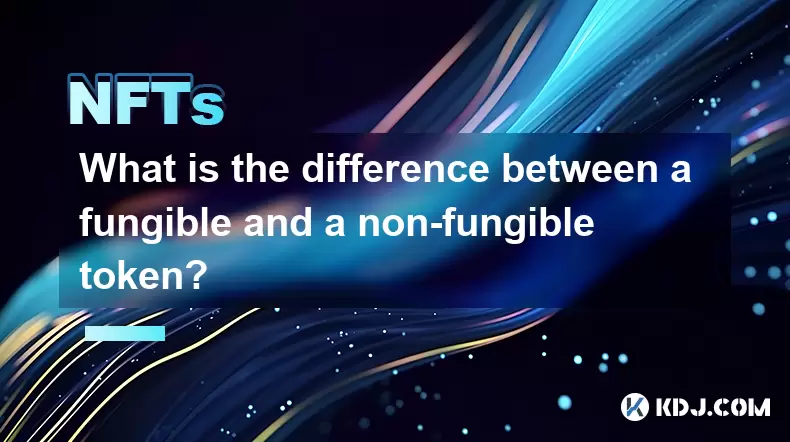
What is the difference between a fungible and a non-fungible token?
Aug 11,2025 at 12:07pm
Understanding Fungibility in Digital AssetsThe concept of fungibility is foundational to understanding both fungible and non-fungible tokens (NFTs) in...
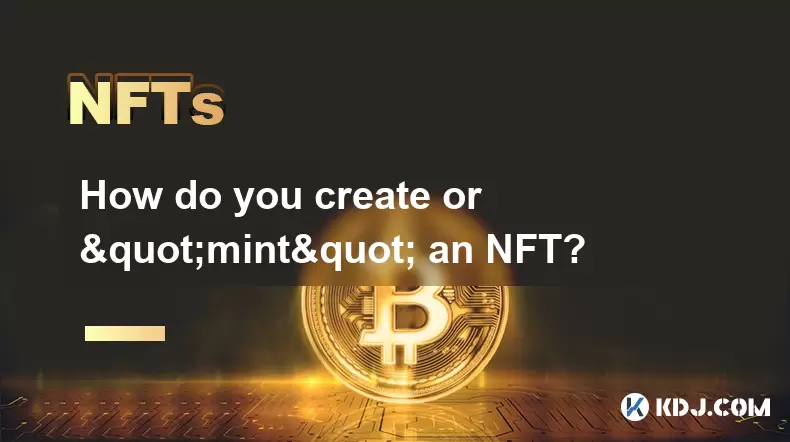
How do you create or "mint" an NFT?
Aug 09,2025 at 08:56pm
Understanding What an NFT Is Before MintingBefore diving into the process of creating an NFT, it's essential to understand what an NFT actually is. An...
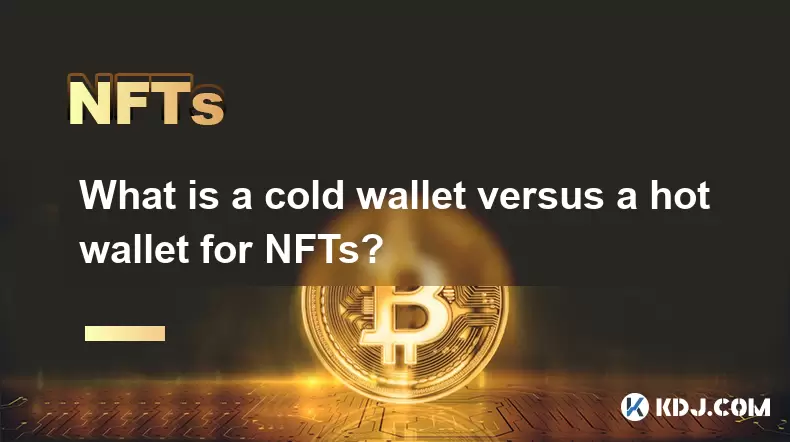
What is a cold wallet versus a hot wallet for NFTs?
Aug 10,2025 at 10:49pm
Understanding Cold Wallets and Hot Wallets in the NFT EcosystemIn the world of NFTs (Non-Fungible Tokens), digital ownership and security are paramoun...
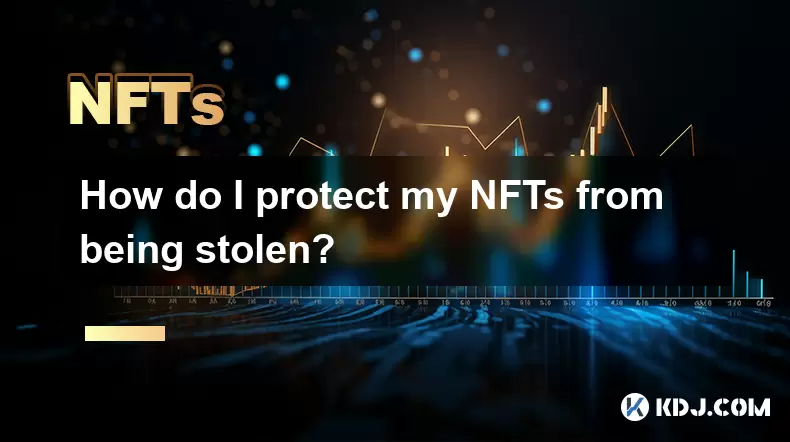
How do I protect my NFTs from being stolen?
Aug 11,2025 at 06:28pm
Understanding the Risks to NFT OwnershipNFTs, or non-fungible tokens, represent unique digital assets secured on blockchain networks. Despite their cr...
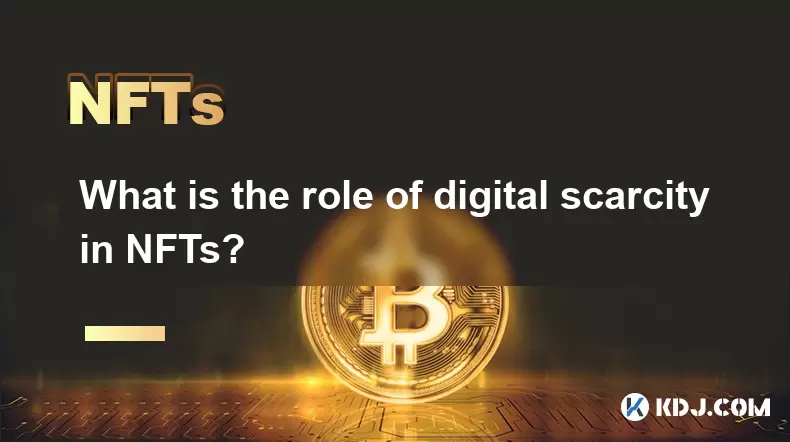
What is the role of digital scarcity in NFTs?
Aug 11,2025 at 11:36pm
Understanding Digital Scarcity in the Context of NFTsDigital scarcity refers to the deliberate limitation of digital assets to create value through ra...
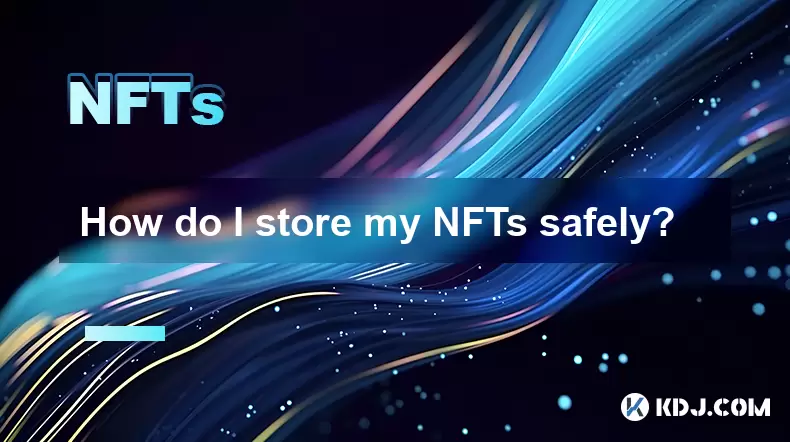
How do I store my NFTs safely?
Aug 13,2025 at 11:36am
Understanding the Nature of NFT OwnershipWhen you purchase an NFT (Non-Fungible Token), you are not storing a file like a photo or video directly on y...

What is the difference between a fungible and a non-fungible token?
Aug 11,2025 at 12:07pm
Understanding Fungibility in Digital AssetsThe concept of fungibility is foundational to understanding both fungible and non-fungible tokens (NFTs) in...

How do you create or "mint" an NFT?
Aug 09,2025 at 08:56pm
Understanding What an NFT Is Before MintingBefore diving into the process of creating an NFT, it's essential to understand what an NFT actually is. An...

What is a cold wallet versus a hot wallet for NFTs?
Aug 10,2025 at 10:49pm
Understanding Cold Wallets and Hot Wallets in the NFT EcosystemIn the world of NFTs (Non-Fungible Tokens), digital ownership and security are paramoun...

How do I protect my NFTs from being stolen?
Aug 11,2025 at 06:28pm
Understanding the Risks to NFT OwnershipNFTs, or non-fungible tokens, represent unique digital assets secured on blockchain networks. Despite their cr...

What is the role of digital scarcity in NFTs?
Aug 11,2025 at 11:36pm
Understanding Digital Scarcity in the Context of NFTsDigital scarcity refers to the deliberate limitation of digital assets to create value through ra...

How do I store my NFTs safely?
Aug 13,2025 at 11:36am
Understanding the Nature of NFT OwnershipWhen you purchase an NFT (Non-Fungible Token), you are not storing a file like a photo or video directly on y...
See all articles

























































































